Duck Hunting Ammunition – What You Need to Know
When it comes to engaging in shooting sports or pursuing games during hunting expeditions, choosing the appropriate duck hunting ammunition is of paramount importance. The ammunition selected determines the endeavor’s success and plays a crucial role in ensuring safety and environmental sustainability.
With growing concerns about the harmful effects of lead on wildlife and ecosystems, there has been a surge in the popularity of non-toxic shot alternatives. This article aims to comprehensively compare steel shot and other non-toxic options available in the market.
Importance of choosing the right duck hunting ammunition for shooting sports and hunting
Selecting suitable ammunition is a decision that should never be taken lightly by shooters or hunters. The chosen ammunition directly affects accuracy, effective range, stopping power, and penetration ability.
These aspects are vital for achieving desired results in target shooting competitions and hunting scenarios. In shooting sports, precision is key to hitting targets consistently.
Different firearms have specific barrel configurations and choke requirements that can influence their compatibility with various shot materials. Failing to consider these factors can reduce accuracy or damage expensive firearms.
Focus on the comparison between steel shot and other non-toxic shot options.
This article will delve into an extensive analysis of steel shot as one popular non-toxic alternative, comparing it against other commonly used options like bismuth, tungsten, and tungsten-polymer blends.
By evaluating various parameters such as cost-effectiveness, availability across different sizes for versatility in targeting specific game species or shooting activities, penetration power, knockdown potential, and density comparisons with a traditional lead shot – we aim to assist readers in making informed decisions regarding their choice of ammunition.
Understanding each option’s pros and cons will enable shooters and hunters to select ammo that aligns with their needs, preferences, and ethical considerations. By opting for non-toxic shot alternatives, individuals contribute to preserving wildlife and protecting ecosystems from lead contamination.
Overview of Duck Hunting Ammunition Types
Traditional Lead Shot and its Environmental Concerns
Traditional lead shot has been widely used in shooting sports and hunting for decades due to its effectiveness and affordability. However, the environmental impact of lead shot is a growing concern. Dealing lead pellets into the environment can contaminate water sources, soil, and wildlife.
This contamination poses a significant risk to humans and animals that may ingest or come into contact with lead. Lead poisoning is a severe threat to various bird species, especially those that feed on spent lead shot or consume prey contaminated with lead fragments.
Studies have shown that waterfowl such as ducks and geese regularly ingest lead pellets while foraging in areas where hunting occurs. Additionally, scavengers like eagles and vultures can be exposed to lead by consuming carcasses left behind by hunters using traditional ammunition.
Non-Toxic Shot Alternatives Gaining Popularity
Due to the environmental concerns associated with traditional lead shots, non-toxic alternatives have gained popularity in recent years. These alternatives offer comparable performance while reducing the risks posed by lead contamination. Non-toxic shot options are typically made from steel, bismuth, tungsten, or tungsten-polymer composites.
The use of non-toxic shots protects wildlife and ensures the safety of shooters who may come into contact with toxic residues while cleaning or handling firearms. In response to this growing demand for non-toxic ammunition, manufacturers have expanded their product lines to offer a wider selection of non-lead options.
Steel Shot
Steel shot is one of the most commonly used non-toxic options due to its affordability and availability. Steel pellets are significantly lighter than their same-sized lead counterparts but possess sufficient hardness to withstand the pressures generated when fired from a shotgun.
As a result, steel shot is suitable for various hunting applications, including waterfowl, upland game birds, and small game. Steel shot is typically coated with zinc or other materials to prevent rusting.
It comes in various sizes to accommodate different shooting scenarios and game species. However, despite its popularity and cost-effectiveness, steel shot has some drawbacks that must be considered when selecting ammunition for specific hunting situations.
Advantages of Steel Shot
Cost-effectiveness compared to other non-toxic alternatives
When considering the advantages of using steel shot, one of the most prominent aspects is its cost-effectiveness compared to other non-toxic alternatives. Traditional lead shot has been widely used for years due to its affordability, but environmental concerns have led to the popularity of non-toxic options.
In this regard, the steel shot is an excellent choice for budget-conscious shooters and hunters. Its mass production and availability help keep the prices relatively low, making it more accessible to a wider range of enthusiasts.
Availability in various sizes for different game species and shooting activities
Another significant advantage of the steel shot is its versatility, as it comes in various sizes suitable for different game species and shooting activities. Whether you are targeting small upland birds like quail or larger waterfowl such as ducks and geese, there is a steel shot size specifically designed to meet your needs.
This flexibility allows shooters and hunters to adapt their ammunition selection based on the specific requirements dictated by their chosen sport or prey. Moreover, steel shot is available in multiple load options, enabling customization depending on desired performance characteristics.
For instance, lighter loads with smaller-sized pellets can be selected for small game hunting or skeet shooting, where precision matters most. On the other hand, larger pellets with heavier loads are better suited for waterfowl hunting, where longer-range shots require adequate downrange energy delivery.
Adequate penetration power for most hunting scenarios
In terms of performance during hunting scenarios, steel shot generally delivers adequate penetration power compared to traditional lead alternatives. While it may not match the density and knockdown power provided by lead pellets, advancements in modern cartridge design have significantly enhanced the effectiveness of steel shots. The industry has significantly progressed in developing steel shot loads that perform well across various hunting scenarios, ensuring humane and ethical kills.
Steel shot’s penetration power is especially notable when targeting waterfowl, where its ability to penetrate feathers cleanly and dense plumage is essential. Steel pellets’ high velocity and kinetic energy transfer allow for consistent kills while minimizing the risk of wounding or maiming the bird.
However, it’s important to note that hunters should always consider the specific regulations in their region regarding the use of steel shot, as certain areas mandate its use to protect waterfowl populations. The advantages of steel shot are evident.
Its cost-effectiveness compared to other non-toxic alternatives makes it appealing for those mindful of their budget. The availability of various sizes ensures compatibility with different game species and shooting activities, offering shooters flexibility in their ammunition selection.
Additionally, steel shot provides adequate penetration power for most hunting scenarios while adhering to ethical standards. Considering all these factors, it becomes clear why many shooters and hunters opt for steel shots as their ammunition choice.
Disadvantages of Steel Shot
Lower density compared to lead, affecting effective range and knockdown power
One of the critical drawbacks of steel shot is its lower density when compared to traditional lead shot. This lower density directly impacts the ammunition’s effective range and knockdown power. Due to its lighter weight, the steel shot loses velocity faster, reducing kinetic energy upon impact.
Consequently, hunters using steel shots may be limited in effective shooting distances. Furthermore, the reduced density of steel shot can affect its penetration capabilities, making it less suitable for certain hunting scenarios.
For example, when targeting waterfowl or larger game species at longer distances, the lighter nature of steel shot may fail to provide sufficient knockdown power required for clean kills. This limitation should be considered when selecting ammunition for hunting purposes.
Potential damage to shotgun barrels due to increased hardness
Another disadvantage associated with steel shot is its increased hardness compared to lead. The harder composition of steel can potentially damage shotgun barrels over time if proper precautions are not taken.
As steel is significantly harder than the softer barrel materials traditionally used in shotguns (such as brass or copper), repetitive steel shots can cause accelerated wear and permanent damage. To mitigate this risk and prolong the lifespan of shotgun barrels, it is crucial to use appropriate choke tubes specifically designed for shooting steel shots.
Choke tubes help regulate the spread pattern and control how pellets leave the barrel upon firing. Using a choke tube for non-toxic ammunition like steel will reduce wear on your shotgun’s barrel by optimizing pellet-to-barrel contact.
Additionally, it is important to note that older firearms may require modifications or adjustments before safely shooting steel shots due to their potential vulnerability to higher pressures generated by this type of ammunition. Consulting with a knowledgeable gunsmith or manufacturer is recommended before using steel shot in vintage or older shotguns to ensure barrel integrity and overall safety.
Comparison with Other Non-Toxic Shot Options
Bismuth Shot
Bismuth shot is a non-toxic alternative to lead that offers some distinct advantages over steel. One notable advantage is its higher density than steel, resulting in better downrange energy delivery. Bismuth shot retains its velocity and energy over longer distances, making it an excellent choice for waterfowl hunting or shooting at larger game animals.
Furthermore, another key benefit of using a bismuth shot is its reduced barrel wear compared to steel. Bismuth has a lower hardness than steel, which means it is less likely to cause damage to the shotgun barrel.
This reduction in wear and tear prolongs the lifespan of the firearm, saving shooters from costly repairs or replacements. However, it’s worth considering that bismuth shot does have some limitations.
The availability of bismuth shot can be more limited than steel due to its lower demand and production volume. Additionally, bismuth shot tends to be more expensive than steel options, which could deter some shooters on a budget.
Tungsten Shot
For those who prioritize knockdown power above all else, the tungsten shot is an exceptional choice among non-toxic alternatives. With a higher density than lead and bismuth, tungsten provided superior knockdown power and increased lethality on target. Waterfowl hunters especially favor tungsten shot for its ability to bring down birds even at extended ranges cleanly.
Although tungsten offers impressive performance benefits, it’s important to note that this option comes at a higher price than other non-toxic alternatives. The cost of tungsten shots can be prohibitive for some shooters on tight budgets or those who engage in less frequent shooting activities.
Tungsten-Polymer Shot
Tungsten-polymer shot strikes an ideal balance between cost and performance. This innovative blend combines tungsten powder with a polymer matrix, offering the density advantages of tungsten while keeping costs relatively lower.
The result is a non-toxic shot option that provides improved knockdown power compared to steel, making it suitable for various hunting applications. Using polymer in the shot composition also helps reduce barrel wear, similar to a bismuth shot.
This means that shooters can enjoy the benefits of tungsten-polymer shots without compromising the longevity of their shotgun barrels. Bismuth stands out for its higher density and reduced barrel wear when comparing other non-toxic options to steel shot.
Tungsten is a premium choice with superior knockdown power, although it comes at a higher price point. Tungsten polymer offers shooters a balanced alternative that combines performance and affordability.
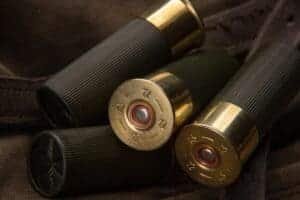
FAQs
What is a waterfowl?
Waterfowl are birds that are typically associated with freshwater bodies like lakes, ponds, rivers, and marshes. They are adapted to living in and around water. Waterfowl include a variety of species, such as ducks, geese, and swans.
These birds are equipped with special adaptations, like webbed feet for swimming and a specialized bill for foraging in water. They are also known for their migratory patterns, with many species traveling great distances between breeding and wintering grounds.
Waterfowl play important roles in their ecosystems, as they help in seed dispersal and contribute to the health of wetlands.
What type of shotgun pellets are allowed for waterfowl hunting in the U.S.?
In the U.S., waterfowl hunting regulations are governed primarily by the U.S. Fish and Wildlife Service and state wildlife agencies. One of the significant regulations concerns the type of shotgun pellets (shot) that can be used for waterfowl hunting due to the environmental impact and toxicity to waterfowl and other aquatic life.
Steel Shot: Traditional lead shot has been banned for hunting in the U.S. since 1991 because waterfowl can ingest spent lead pellets, leading to lead poisoning. The primary alternative to lead for many years has been steel shot.
Non-toxic Alternatives: Besides steel, there are several other non-toxic alternatives approved by the U.S. Fish and Wildlife Service for waterfowl hunting:
- Bismuth-tin
- Tungsten-bronze
- Tungsten-iron-copper-nickel
- Tungsten-matrix
- Tungsten-polymer
- Tungsten-tin-bismuth
- Tungsten-tin-iron
- Tungsten-tin-iron-nickel
- Tungsten-iron-polymer
- Copper-clad iron
This list is not exhaustive; regulations or approved shot types can change. Always consult the current year’s waterfowl hunting regulations for the most up-to-date information.
Shot Size: When selecting a non-toxic shot type, consider the size appropriate for the waterfowl you are hunting. Different sizes are suitable for different species, ranging from smaller shots for teal and other small ducks to larger shots for geese.
Local Regulations: While the federal government sets certain standards, individual states can impose additional restrictions or requirements. It’s essential to check with your state’s wildlife or natural resources department to ensure you also comply with local rules.
Conclusion
Choosing between these non-toxic options will ultimately depend on specific shooting needs and budget considerations. By embracing these environmentally friendly alternatives, shooters can enjoy their sport while minimizing harm to ecosystems—an encouraging step toward preserving our natural world for future generations to appreciate.

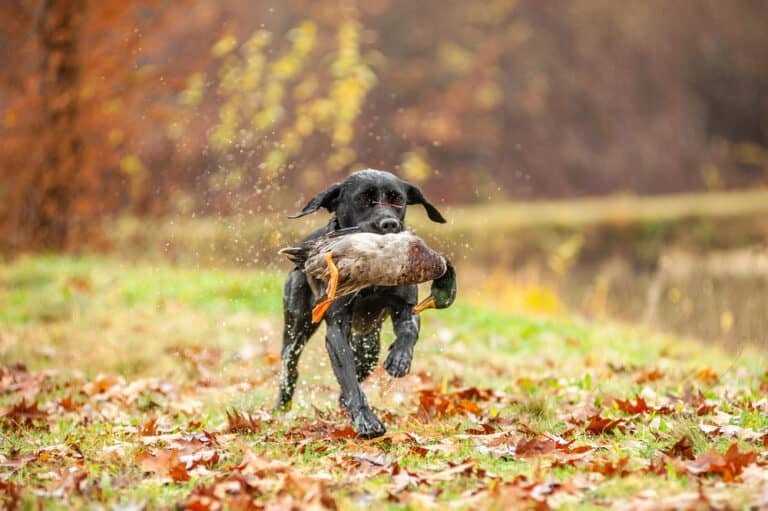
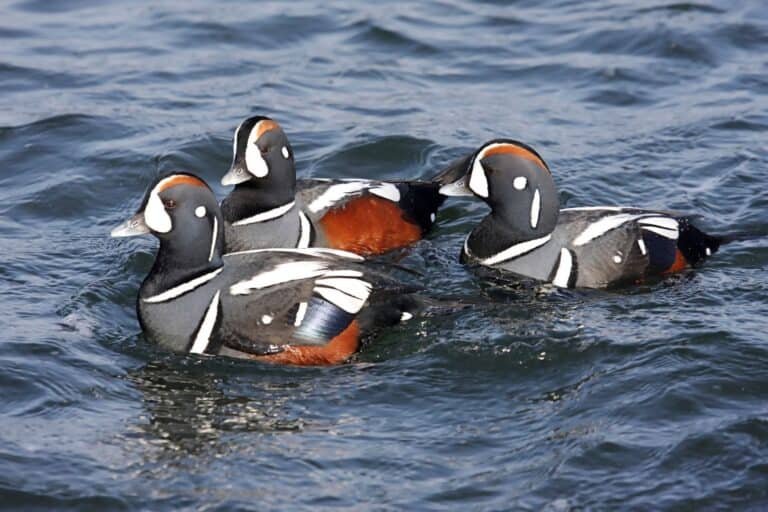
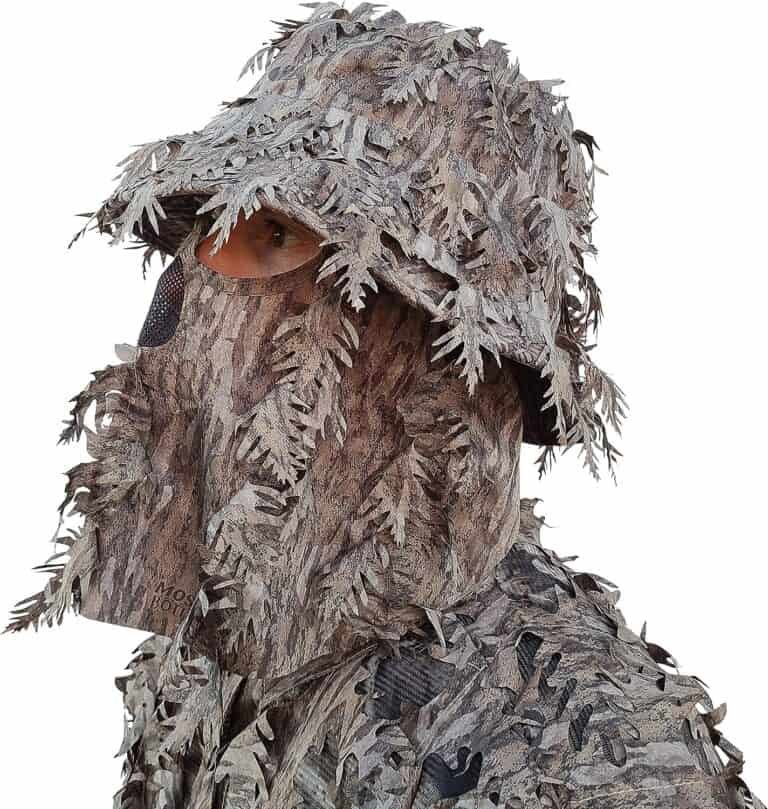
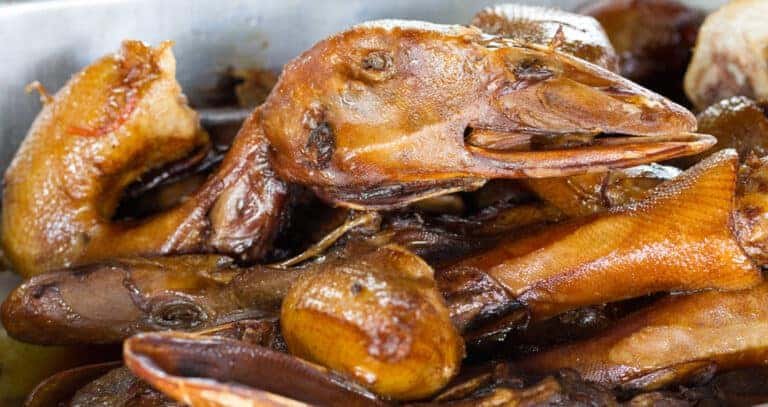
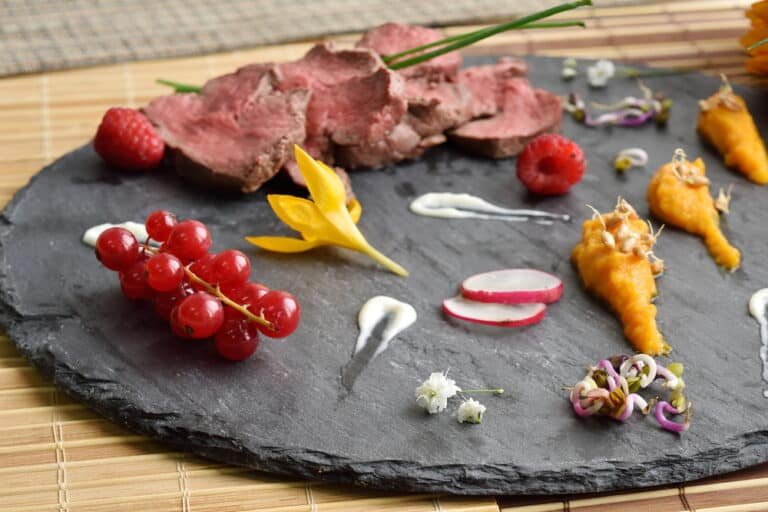
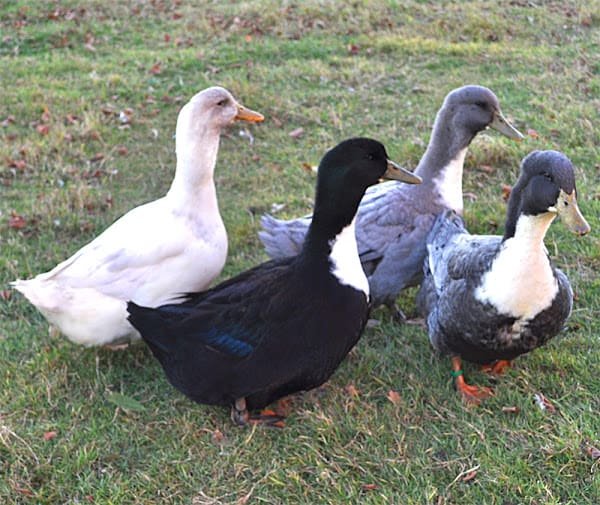
Премиальный интернет-магазин Боттега Венета предлагает широкий ассортимент изделий премиум-класса от итальянского бренда. Здесь вы сможете найти и заказать изделия последних поступлений с возможностью доставки по Москве и всей России.
https://bottega-official.ru